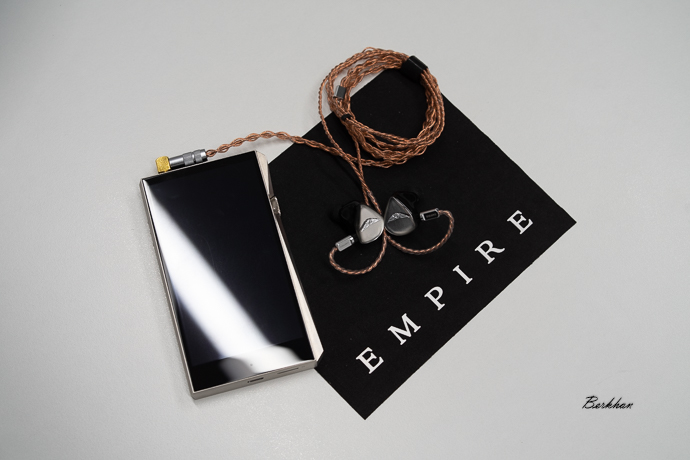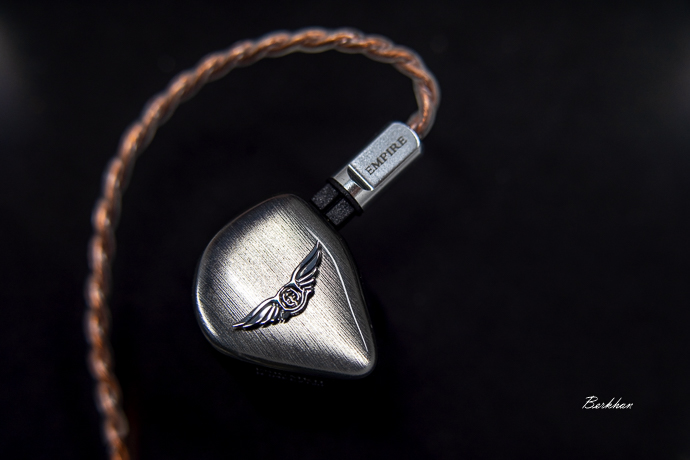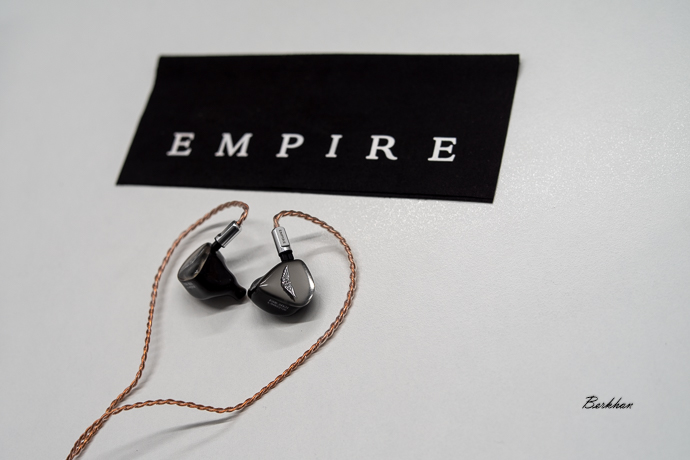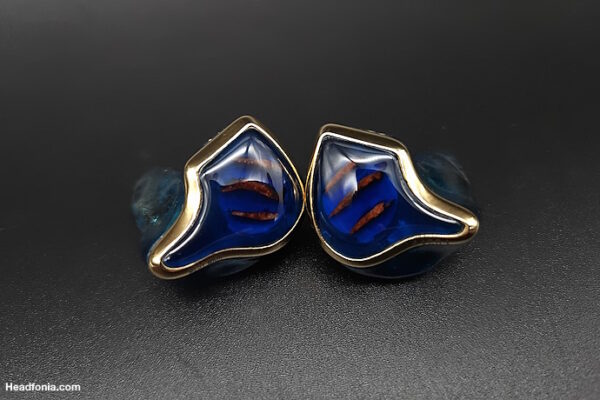Technical Performance
Let me start by mentioning the greatest technical achievement of the ESR MKII; timbre. It’s one of the most realistic monitors when comes to instrument and vocal presentation. Very close to a real-life experience. This is often a missed feature, but tonal accuracy is a very important factor in my book. And this one does just that. The note size is almost perfect. Combine it with a great mid-range presentation as I mentioned above, then you have a great monitor for listening to instrument-heavy recordings.
The sound-stage is good but not huge. Both the width and depth is on good levels, and it competes very well at this price range. Considering that this one is intended for monitoring purposes, it has a good sound-stage. But when it comes to imaging, the ESR MKII performs excellently. It has a black background with a sharp presentation with the instrument separation. So everything is in place in a recording, just like how it was recorded.
And, the cohesiveness. Maybe it’s not a hugely impressive IEM because it’s not necessarily for fun, but you can’t deny the balance and coherency in this monitor. It sounds so consistent, truthful, and well-rounded with a great balance from top to bottom. You can listen to it for hours. No overpowering bass, no aggressive treble, no thin mid-range. Everything sounds consistent and realistic.

Empire Ears ESR MKII
For synergy, there’s not much to say here really. It will just reflect your source’s character as it is. Nothing added, nothing taken back. But bear in mind that it’s very sensitive. It’s extremely easy to drive so I guess it suits best with DAPs that have a great noise floor.
Comparisons
The SH-3 is still one of my go-to IEMs after 3 years I reviewed it. It still holds its own with a flat signature and reference-like presentation just like the ESR MKII. Both have excellent packaging and accessories, excellent build quality, and design. My SH-3 is the custom variant but you can also get a universal version from them.
The difference in sound is not too big between these two. They’re actually more similar than being different. The ESR MKII has a little more sub-bass response and it’s a bit warmer in the mid-bass region. The mids are also smoother in the ESR, whilst the SH-3 gives drier mids overall. The Empire offering is a bit more tasteful here, with better timbre to my ears.
However, when it comes to treble, I think SH-3 offers more sparkle and definition, especially in the lower treble area. The ESR MKII gives a smoother treble with more softness. Both are very capable IEMs and they’re both very good deals in the market if you’re after a reference-grade presentation. As a small note, the Empire offering has a much better cable than the stock Plastics One on the SH-3.
Here’s another flat-ish IEM, the Fusion. Packaging-wise Empire has a better presentation with better accessories and better cable. These both have a great build quality and you can get incredible custom designs from itsFit Lab.
Fusion is also close to being a flat monitor in my opinion but not fully flat. It has more sub-bass response thanks to its excellently tuned dynamic driver with great bass control. However, the mid-bass region is a bit thinner in the Fusion and its lower mid-range isn’t the best. Compared to the ESR, the mid-range is a bit thin and the timbre is not as successful.
However, just like the same story with the SH-3, it has a more defined treble region. It has a magnetostatic high-frequency driver that makes the difference here. There’s more sparkle and extension in the upper regions with the Fusion. It’s just a bit cheaper than the ESR MKII too. So it’s a close battle but I would take the ESR simply because of its very realistic and successful mid reproduction and coherency.

Empire Ears ESR MKII
Conclusion
Yes, the ESR MKII is introduced to us as a reference IEM. But don’t interpret that as something like an HD800 headphone, or like a Stax. The reference doesn’t need to be bright or aggressive. True, you can get a more exciting presentation with different IEMs like the Empire’s own Bravado MKII, but the ESR MKII also makes you enjoy the music, in an unaltered form.
It’s the same thing as studio reference monitors. They have a linear presentation, but you actually enjoy certain reference speaker models. The ESR MKII is exactly like that. It has a flat response, but you still find yourself enjoying it. And because it’s an extremely smooth and balanced IEM, you can listen to it all day without any fatigue. It just flows through. No distractions, nothing overdone.
It’s one of the best tunings I’ve come across. And the price? Well, it’s not crazy expensive money in today’s IEM market, so I think it actually has great value. As a result, I recommend the Empire Ears ESR MKII as a great reference monitor. If you’re looking for a true-sounding IEM and had enough of the V-Shaped, fun-oriented gear, this might be your best bet at this point.









Mark Halstead
Would have loved to see the ESR II compared with the JH13v2.
Berkhan
It would be a great comparison, but unfortunately I don’t have that one.